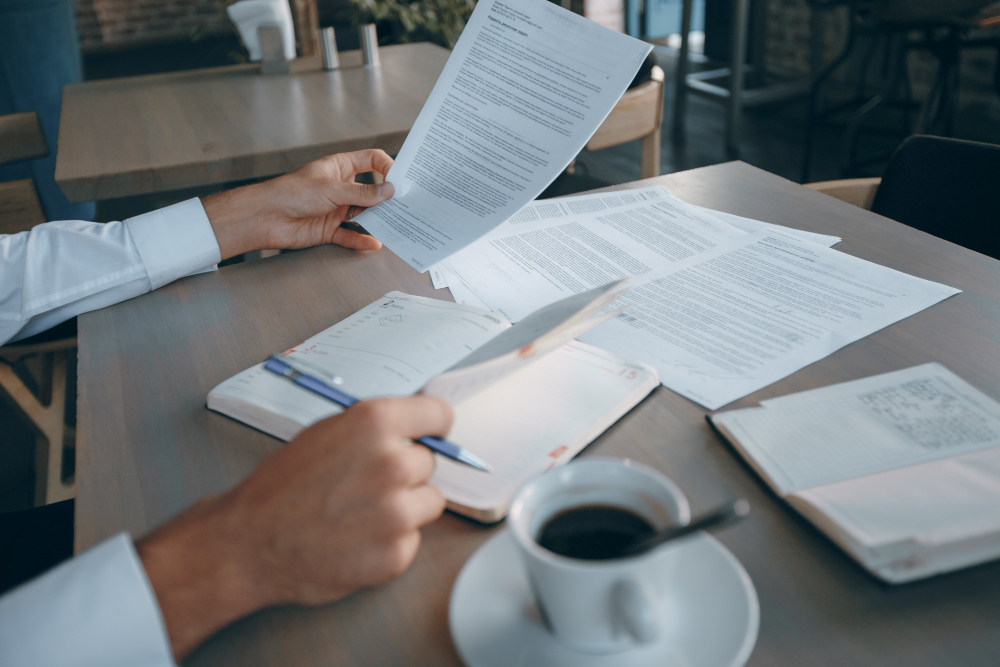분석 보고서 번역(한국어 원본)서울특별시가 세계 디자인 수도로 선정된 2007년 말 이후로는 한국 고유의 미를 모던화 하려는 노력들이 이전보다 더욱 뚜렷하게 나타나고 있으며, 불특정다수의 시민과 관광객들의 활용공간이 되고 있는 상업공간은 국가의 이미지를 형성하고 국가의 아이덴티티를 전달하는데 있어 파급효과가 크다는 점에서 연구의 가치가 있다. 상업공간 디자인에 있어서는, 하나의 총체적인 이미지를 강력히 하여 통합적인 시너지 효과를 내도록 하는 디자인코디네이션의 개념이 중요하다. 따라서, 분석의 틀은 디자인코디네이션의 원리로써 ‘배치의 수사학이론'(Leonard Koren, Arranging things, 2003)에 근거하여 물리적·추상적·통합적 속성에 따른 내용을 상업공간 디자인의 요소인 상호 및 로고, 건물의 외관 및 입구(facade), 실내공간, 장식효과 등으로 구분하여 살펴보았다.
전문지에 기재된, 디자이너 혹은 편집자의 언급 내용을 근거로 하였으며, 현대 상업공간에 나타난 한국성의 표현에 관하여 첫째, 한국적 조형 특성들의 활용 실태를 살펴보고 둘째, 한국적 이미지를 구체화 하였다.
첫 인상과 배치의 기술적인 측면을 나타내는 디자인코디네이션 원리인 ‘물리적 속성’의 ‘우선순위’와 ‘정렬’, 그리고 색채, 질감, 패턴, 빛, 형태 등의 ‘감각적 특성’ 항목에서는 흑백대비, 자연적 소재, 곡선적 형태, 간결함과 단순미 등의 조형 특성이 돋보였다. 특히 나무, 한지, 돌 소재와 중저채도의 자연색, 격자무늬, 조각보 패턴 등 일부요소의 활용이 중복되는데, 한국적 조형 특성 중 사장된 전통요소들이 더욱 적극적으로 발굴되어야할 필요가 있다고 보여진다.
일반적인 문화적 지식과 상식에 근거해서 불러일으켜지는 연상인 ‘추상적 속성’에서는 한국성을 표현하는데 있어서 ‘은유’, ‘신비화’, ‘설화’ 또는 ‘한국성과 관련된 연상 없음’의 표현방법들이 어떻게 활용되어지고 있는지 살펴보았다.
배치의 다양한 요소들이 결합되어 나타내는 결과인 ‘통합적 속성’에서는 한국성 표현의 형용사 이미지어들을 IRI 이미지 스케일 상에 대입하여 봄으로써, 그 표현범위가 명료한지 혹은 광범위한지의 ‘통일’의 측면과 가장 인상깊게 전달되는 이미지, ‘연운’의 측면에서 살펴보았다. 그 결과, 한국성 표현의 구체적인 이미지는 1. ‘화려한(한국적인, 다양한), 2. ‘내츄럴한(자연적인, 전원적인)’, 3. ‘은은한(심플한, 단순한)’, 4. ‘점잖은(보수적인, 전통적인)’, 5. ‘기타'(편안한, 감각적인)의 다섯 가지 형용사 이미지 그룹으로로 요약 할 수 있었다.
‘화려한’ 유형은 한국 전통을 직접적으로 연상하게 하는 ‘은유’의 표현방법이 많이 나타났고, ‘내츄럴한’ 유형은 기타 유형들과는 다르게 ‘설화’적인 표현이 특징적으로 나타났다. 자연적이고 전원적인 이미지들을 표현함에 있어 단순한 장면의 연상보다는 스토리가 담겨져 있는, 디자인 요소들간의 유기적 연결과 공간적 체험(경험)을 중시하였다고 볼 수 있다. |
분석 보고서 번역(영어 번역본)Since Seoul was selected as the world design capital at the end of 2007, the endeavors to modernize the Korean unique beauty is becoming more tangible and the commercial spaces to be used by the general public and tourists have the value for study in the respect that such spaces form the national iconic images and have a large and far-reaching effect to transmit the national identity. In designing commercial spaces, the concept of design coordination is important in order to make the integrated synergy by strengthening an integrated image. Therefore, the foundation for the analysis was based on Leonard Koren’s work on the arrangement rhetoric theory (Arranging things, 2003), and the principle of design coordination and the contents of physicality, abstraction, and integration were reviewed with classification of firm names & logos, appearance and facade of buildings, indoor spaces, and decoration effects, which are the elements of commercial space design.
The opinions of designers or editors shown in professional journals were used in the background and in relation to the Korean expression shown in modern commercial spaces, the state to use the properties of Korean modeling was reviewed and the Korean images were materialized in detail.
In the hierarchy of physicality, which is the principle of design coordination to show the technical aspect of the first image and arrangement, and the items of sensoriality, such as colors, texture, patterns, light, and shapes, etc and the modeling properties such as black-white contrast, natural materials, curved shapes, brevity, and simple beauty stood out. Especially, some elements such as wood, traditional Korean papers, stones, mid-to-low chroma natural colors, checked patterns, and crazy patterns are used with overlapping and it is viewed that it is necessary to more aggressively seek for the disappeared traditional elements in the Korean modeling properties.
In case of the abstraction, which is the association generated by the general cultural knowledge and common sense, it was reviewed how the expression methods, such as metaphor, mystification, narrative, and non-association with Koreanity, are used.
In the case of “integration properties”, which is a result generated by the combination of various elements of arrangement, the image words that are the adjectives of Koreanity expressions are applied in the IRI image scales in order to find out how clear or wide are the expression ranges and how the expression ranges are most impressively transmitted in the aspect of coherence, in terms of resonance. As a result, the concrete images of Korean expressions could be summarized as five adjective image groups: 1) Magnificent (Korean and diverse), 2) Natural (natural and pastoral), 3. Subtitle (simple and plain), 4) Gentle (conservative and traditional), and 5) Others (comfortable and sensible).
Magnificent types mostly showed the metaphor expression methods that are directly associated with Korean tradition and natural types mostly showed narrative expressions differently from other types. When expressing natural and pastoral images, the organic connection and spatial experiences of design elements containing stories are considered important rather than the association of simple scenes. |
